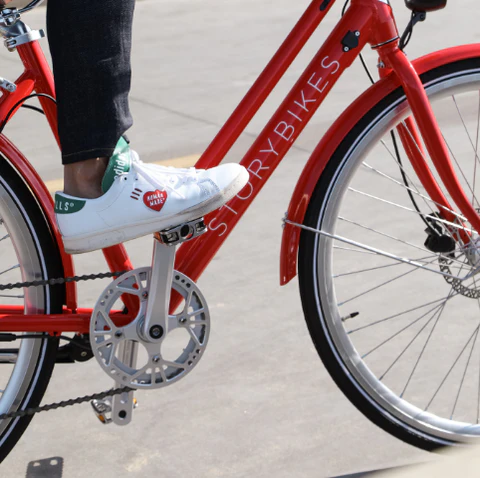One of the standout features of electric bikes is their pedal-assist systems (PAS). These systems engage the motor when you pedal, making it possible to travel faster, farther, and with less effort compared to a regular bike. While all electric bikes come equipped with some form of PAS, the specifics can vary significantly. Two primary types of pedal assist systems are torque sensing and cadence sensing. Both respond to the rider's actions, but they differ in how and when pedal assist kicks in—making a big impact on both comfort and battery life. Shopping for an e-bike can feel overwhelming, especially for newcomers. Terms like "torque sensing" and "cadence sensing" might sound technical, but understanding their differences can make all the difference when choosing the right bike. Whether you're looking for a casual ride or something more demanding, knowing the ins and outs of these systems can save you from unnecessary frustration down the line. Cadence sensing PAS relies on a magnet attached to the crank that activates when you start pedaling and deactivates when you stop. It functions somewhat like a switch, turning the motor on and off based on whether you're pedaling or not. If you want more assistance, you can adjust the assist levels manually. One major advantage of cadence sensing is its affordability; it’s typically easier to install, which keeps costs down. However, cadence sensing works best on flat terrain. When climbing hills or tackling inclines, it may not provide enough support since it doesn't take into account the actual force you're exerting. For this reason, riders who frequently navigate challenging landscapes might find themselves wishing for something smarter. Torque-based PAS takes things a step further. Unlike cadence sensing, which focuses on whether you're pedaling or not, torque sensing measures the force you're applying to the pedals using precision strain gauges. This means your bike can automatically adjust pedal assist to match your efforts, offering a smoother and more responsive experience. For instance, if you hit a steep incline, a torque-sensing bike will increase pedal assist as soon as you start pedaling harder. Once you return to flat ground, assistance tapers off accordingly. Going downhill? The motor might temporarily deactivate to prevent wasting battery power. While torque sensing bikes tend to cost more upfront, they offer several advantages, including extended battery life and a more natural riding experience. In general, torque sensing provides a far smoother ride because the pedal assist aligns seamlessly with your movements. With cadence sensing, there’s often a noticeable lag or abruptness, which can feel jarring or even counterproductive depending on the situation. On flat surfaces, though, these differences might not be as apparent since pedal assist isn’t constantly needing adjustment. Another factor to consider is battery efficiency. Cadence sensing PAS toggles on and off based solely on whether you're pedaling, meaning it doesn't always accurately reflect the demands of your ride. Torque sensing, on the other hand, adjusts pedal assist according to the pressure applied to the pedals. This ensures that no battery power goes to waste when you're coasting or descending, maximizing your range—especially beneficial for hilly routes. Overall, torque sensing offers superior performance compared to cadence sensing. Not only does it deliver a more refined riding experience, but it also optimizes battery usage. That said, torque sensing systems tend to carry a higher price tag. If budget constraints are a concern, think about your intended use case. For casual rides on flat terrain, cadence sensing could suffice, but upgrading to torque sensing opens up possibilities for more intense cycling experiences. Over time, a torque-sensing bike proves to be a wiser investment since it adapts to changing fitness levels and preferences. Ready to hit the road? Our bikes strike the perfect balance between affordability and quality, ensuring a reliable and eco-friendly ride every time. From step-through models to versatile commuter bikes, we blend timeless design with cutting-edge tech to keep you moving smoothly and safely. Plus, for every purchase, we donate a bike to a student in Zimbabwe—helping spread the joy of cycling worldwide. Interested in joining the e-bike revolution? Browse our selection today and don’t hesitate to reach out if you have any questions. We’re here to help you find the perfect ride! Oil Pump,Oil Transfer Pump,Oil Drum Pump,Transmission Fluid Pump HONG KONG CRS INTERNATIONAL TRADING COMPANY LIMITED , https://www.crstrans.com
Exploring Cadence Sensing
Unpacking Torque Sensing
Torque Sensing vs. Cadence Sensing: Key Differences
The Final Verdict